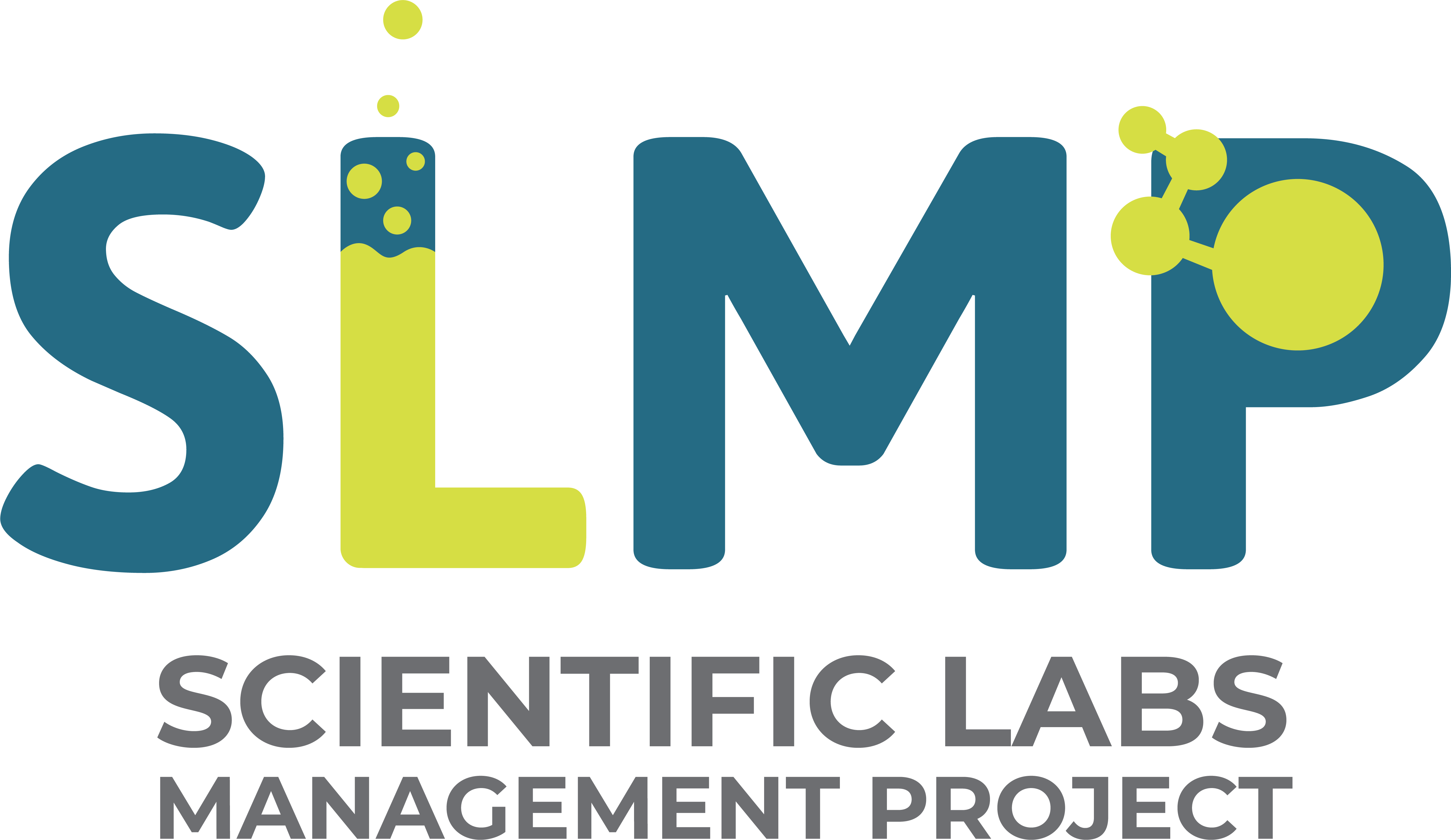Project Goal
The United States invests billions of dollars in scientific research each year and a large share of this funding goes to principal investigators (PIs) across thousands of research laboratories nationwide. The NIH, the single largest funder of medical research in the world, annually invests on the order of $41.7 billion (NIH 2022) and the NSF manages a general research budget of $8.8 billion (NSF 2022).
To a large extent, these labs have historically been treated as a black box: research funding comes in, research papers and new discoveries come out. However, understanding the mechanics of the “production function” of knowledge inside these labs is critical to identifying the determinants of scientific research productivity, as well as labs’ efficiency in training future generations scientists.
Why management?
Right now, our state of knowledge about the “organization of science” – that is, how scientific labs organize their work and the activity of scientists in labs – is largely limited to anecdotes. Those anecdotes, however, are concerning as they suggest that many scientific labs are mismanaged, and that a lack of managerial training of PIs contributes to unhealthy laboratory practices and cultures (Van Noorden 2018). Going beyond anecdotes and systematically measuring the quality of organizational practices at scientific labs is a crucial first step towards addressing these issues. Only by understanding the landscape can we identify bottlenecks, work towards providing adequate managerial training to prospective PIs, and re-organize science production in the most efficient way.
This project is generously funded by the Alfred P. Sloan Foundation (Grant # G-2023-19620).
Would you like to volunteer your lab to participate?
THIS PROJECT IS A JOINT INITIATIVE:
Principal investigator team includes academics from Cornell, Dartmouth, Harvard, LSE, MIT and UCSD
Our Scientific Advisory Board includes distinguished scientists
